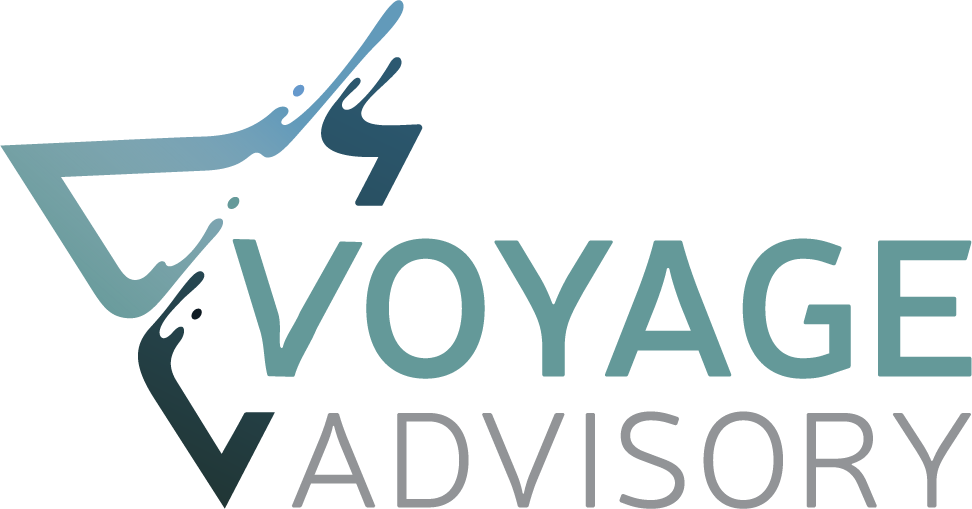How New Programs Create Mountains of Back-Office Work… and What To Do About It
How New Programs Create Mountains of Back-Office Work… and What to Do About It
The Paycheck Protection Program (PPP) is a case study in how organizations can prepare for unanticipated workloads.
The PPP authorized up to $349 billion in loans to small businesses to pay their employees during the COVID-19 crisis. PPP loans are forgivable up to certain limits and are targeted to help businesses with less than 500 employees. As expected, the program was incredibly popular, and the first round of funding was quickly exhausted. Although the PPP was specific to the COVID-19 pandemic, it is not unique. Programs or legislation responding to urgent needs often create high volumes of back-office work that organizations must quickly address.
LET’S LOOK AT JUST ONE EXAMPLE.
Chase, America’s largest bank, had about 81 years of work to do after the very first day of accepting applications under the PPP. This estimate is based on the following assumptions:
375,000 applications were received by Chase for the PPP loan on the first day after receiving guidance from the Small Business Administration (SBA), as reported in Forbes
20 minutes of effort for someone at Chase to process the loan, review the application and supporting documents
90% productivity, meaning that a loan processor has 6 minutes of lost time per hour (for interruptions, bathroom breaks, etc.)
37.5 hours per week is the active working time for processors, to account for breaks, training, meetings, etc.
6 weeks per year of vacation, absence, and holidays
CHASE RECEIVED 7.5 MILLION MINUTES OF WORK ON DAY ONE.
Each loan processor can process 4,658 applications per year. 375,000 applications at 4,658 applications/person/year is just about 81 years of work. Put differently, Chase would have needed 81 processors to handle these applications in a year or 972 to get through the applications within the month. Perhaps this partially explains why many businesses did not have their application processed in time to take advantage of the first round of funding.
Given the short implementation timeframe,it is unlikely that Chase (or any bank) was prepared to handle the estimated workload. This challenge is common to any industry that is coping with new legislation, program requirements, or emerging crises. So, what are some best practices for those organizations contending with this mountain of new paperwork? Here are a few to consider:
However, this challenge has a broader reach than banking, since unemployment offices and insurance companies are also inundated with claims to process at the moment. So, what are some best practices for those organizations contending with a mountain of paperwork? Here are a few to consider:
STAFFING. Prepare to reassign existing staff from other work and be ready to rapidly hire temporary staff.
METRICS. Establish metrics to measure and manage the workload to identify growing backlogs early.
QUALITY. Build a quality program that has just the right balance of accuracy and efficiency to limit the level of rework.
ENABLEMENT. Build a training and communication program to help staff learn how to process new work types.
AUTOMATION. Automate as much of the process as possible using tools like robotics process automation (RPA).
CUSTOMER FEEDBACK. Build listening posts, such as surveys, to capture customer feedback. Publish clear communication on frequent questions or areas of frustration.
USER EXPERIENCE. Evaluate whether online and mobile applications are easy to use. If such tools are too cumbersome or too open-ended, this will create additional work for processing staff.
It is never too early to prepare to manage an expected surge of work during uncertain times.
Contact Us to learn how Voyage Advisory can help your business prepare for the unexpected.
Call or text: 312.869.8000
Email: hello@voyageadvisory.com

